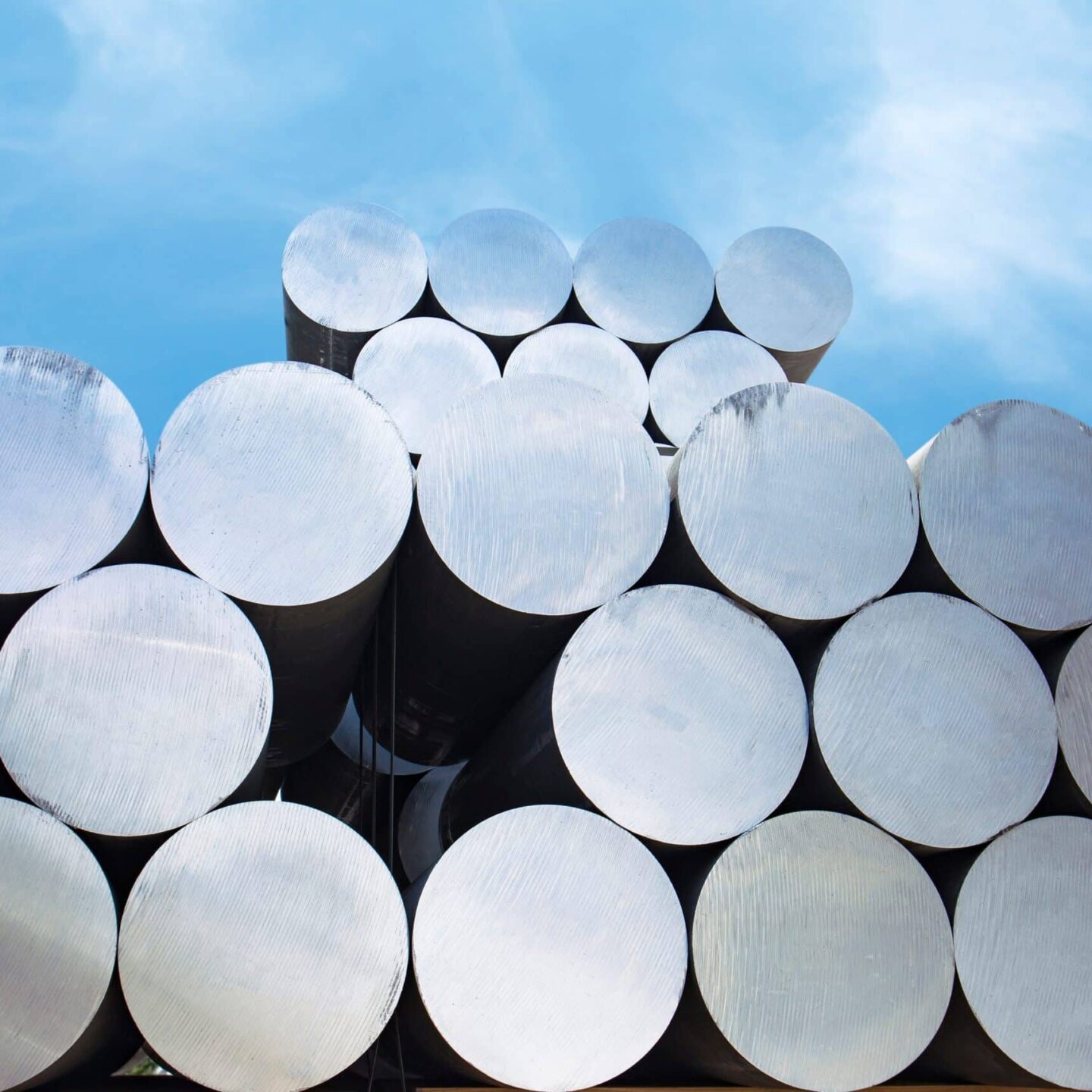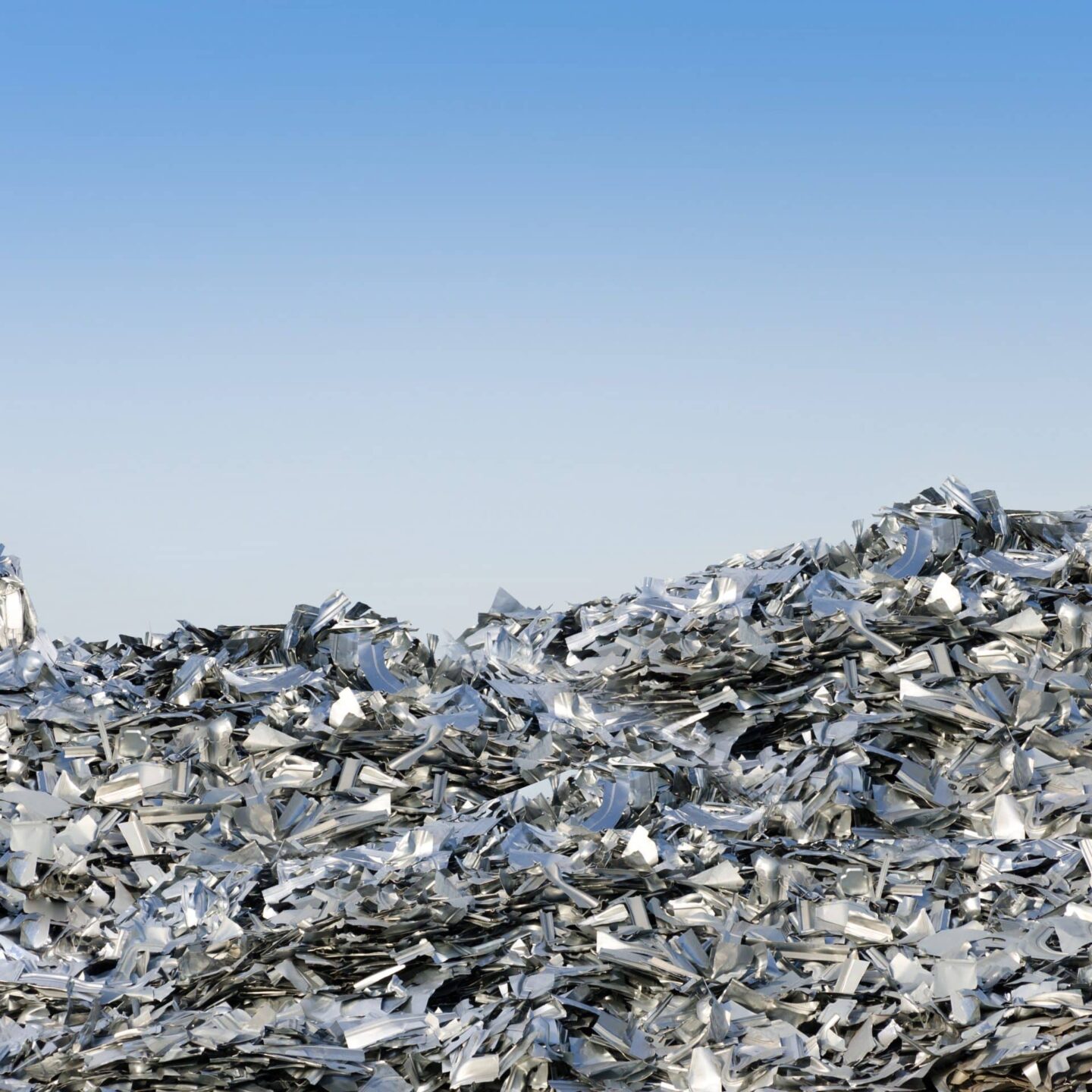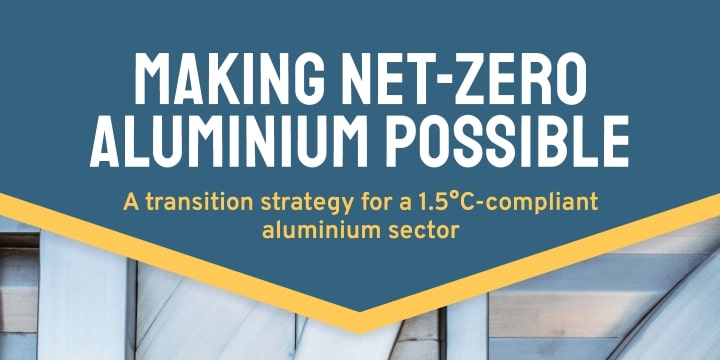MPP and IAI have mapped out a transition strategy for the aluminium industry to decarbonise in the next decade.
The Mission Possible Partnership, an alliance of climate leaders focused on supercharging efforts to decarbonize some of the world’s highest-emitting industries, in collaboration with the International Aluminium Institute, has released an ambitious decarbonization roadmap that details what the global aluminium industry could look like in a zero-carbon world and what is required to get there in terms of energy, infrastructure, financing, and policy. The report is available as an interactive tool that allows users to compare decarbonization pathways for aluminium production in different regions.
The report, available to download from the MPP website here: Making Net-Zero 1.5°C-Aligned Aluminium Possible, highlights:
- Power decarbonisation is critical: all smelters will need to switch to low carbon power by 2035, equating to approx. 1,000 TWh of low-carbon electricity demand.
- Power decarbonisation is necessary but not sufficient to decarbonize the sector, new technology for low carbon anodes and new refining technologies need to be commercialized by 2030.
- Recycled aluminium plays a critical role, expanding from 33% of supply in 2020 to over 50% by 2050.
- Mobilizing approximately $1 trillion USD of investment over the coming 30 years will be needed to deliver the transition for the primary aluminium sector, with over 70% of that required for supporting infrastructure, primarily for power supply.
MPP has also released an interactive Aluminium: Explore the Net-Zero Transition ‘Explorer’ tool to compare decarbonisation options in different regions, with the functionality to generate custom user scenarios. The Python model for STS analytics is also available here with full coding and open-source input data.
Read the IAI news release here.






